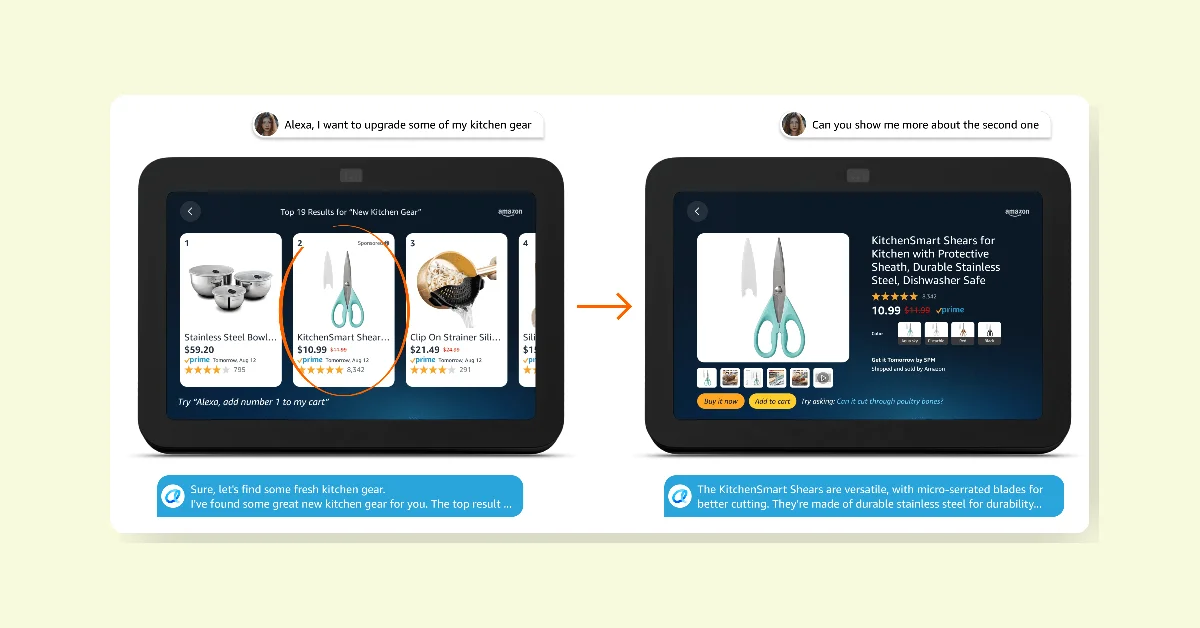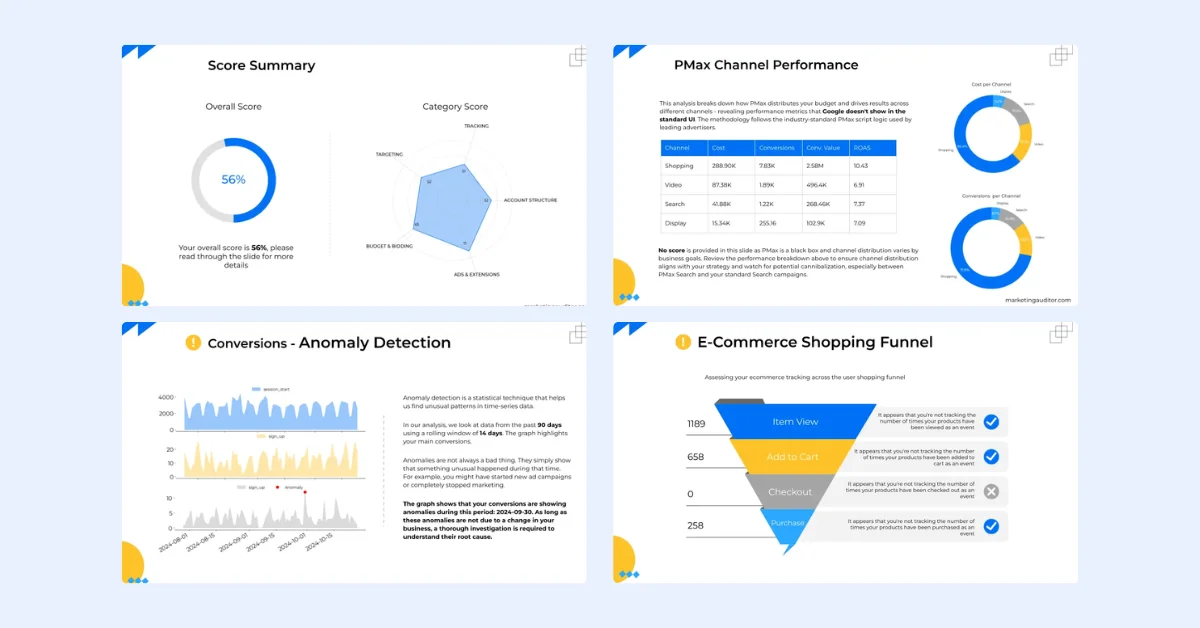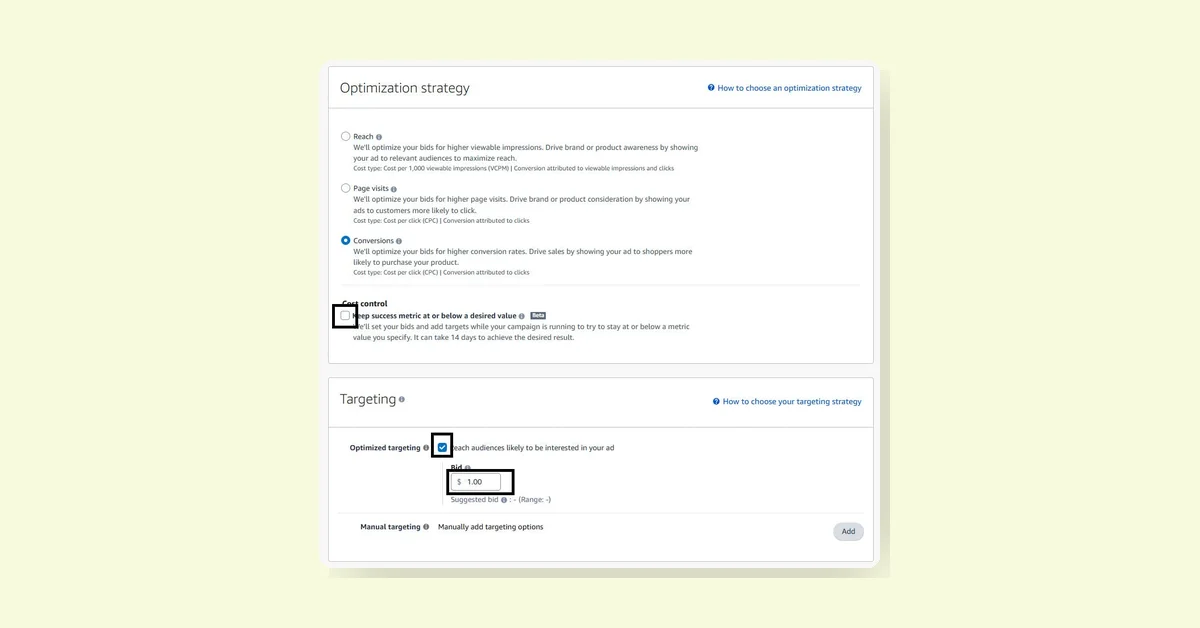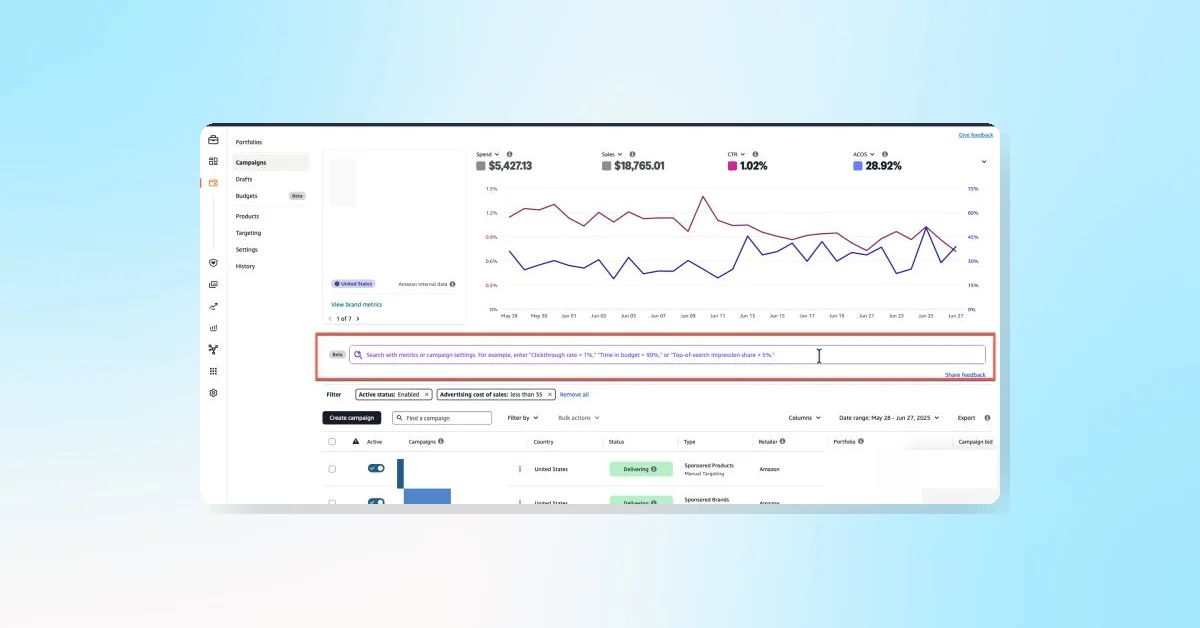Amazon Ads has announced a new feature to provide a more comprehensive view of campaign results: modeled conversions. This update aims to address the challenges posed by the phasing out of third-party cookies and changing regulations. It is available in all regions.
How Modeled Conversions Work
Modeled conversions account for conversions attributable to a campaign that cannot be directly measured. When Amazon Ads has data on an ad click or view and the resulting conversion but cannot establish a direct link between the two, it uses predictive modeling to estimate the connection. These modeled conversions are reported in the same columns as directly attributed conversions, such as the Purchase or Detail Page View columns.
Reporting and Allocation
To ensure consistency in the number of conversions reported at the campaign and ad group level across all reports, Amazon Ads may report conversions on an "unallocated" row. This row represents conversions attributable to an ad group when meaningful estimates cannot be produced at a detailed reporting level. This might occur, for example, when reporting third-party preaggregated conversion metrics.
The dimensional values on unallocated rows will populate as "Unallocated," or -20 for some ID fields (such as Creative ID). Advertisers may notice Unallocated rows on keyword, targeting clause, creative, inventory, product, and audience reports.
Benefits for Advertisers
Amazon Ads models conversions so that advertisers can continue to measure the full impact of their advertising spend across all audiences. This includes audiences previously unaddressable due to industry changes in third-party cookies. This modeling approach allows advertisers to measure the impact of their advertising across all audiences, set and optimize bids and budgets effectively, and ensure continued effectiveness despite the evolving digital advertising landscape. Directly measured conversions and modeled conversions are reported together as a combined result in campaign reporting.
For detailed technical information, please visit the documentation below.




















